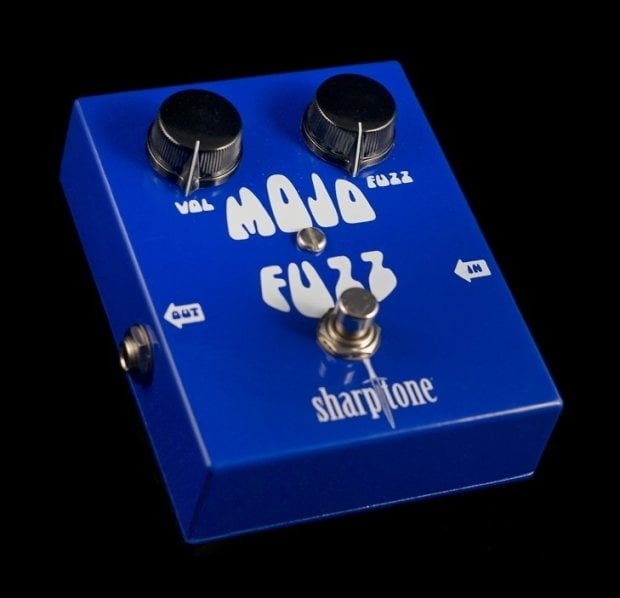
a 2N3903 for Q1 and 2N3904 for Q2, provide a very different character that’s a little closer to the germanium version. There are also some really good sounds to be had by experimenting with other types of transistors. They are still available from a few manufacturers such as Central Semiconductor or Multicomp. These are extremely high-gain devices with an hFE (gain) spec of 420 to 800. After this amplification stage, there is again a coupling capacitor (C2), and the Fuzz potentiometer allow to reduce the signal. A hfe of 60 is enough for each of these transistor, which is a easy-to-find value for germanium transistors. The original 1970 Fuzz Face used BC108C transistors. This avoids the very painful job of finding high gain germanium transistors like with the Fuzz Face. The Solaris is a hot-rodded version of the Proteus with 3 additional knobs. Ive populated the boards using the same components (except the trannys) and orientated the 2 electrlytic caps correctly on both boards. The pnp uses germanium ac128s and the npn uses bc109 silicon trannys. Maybe some parts must be slightly altered to match those high hFE trannies. You can put in every trannie in a FF, Ge, Si, FET, Mosfet, Darligton or mixed and it will sound, as long if the BIAS for the trannies is set to the correct point. low hFE, put in some BC549C and you have the Stonefuzz.

connect a 3k to 6k resistor between the EMITTER of the collectorless device and the EMITTER of the other transistor. The RM classic Fuzz has trannies with rel. The Proteus is based on the 1966 PNP germanium version of the pedal and includes a voltage inverter and the same pickup simulator. Spent the day building two types of fuzz face on printed pcb s. Take two identical random silicon transistors (for more mojo: your fav fuzz silicons) 2. The Epsilon joins two other Aion FX projects also based on the Fuzz Face.
#High hfe silicon fuzz face simulator
This pickup simulator was invented by Jack Orman of AMZ and has been used in commercial pedals such as the Earthquaker Devices Erupter. The pickup simulator solves this problem by adding a transformer, resistor and capacitor to convert the source signal into the higher impedance that the Fuzz Face likes. if there’s another pedal before it) then it loses much of its character. The Fuzz Face was originally designed to connect directly to an electric guitar, and as a result it is notoriously picky about where it’s placed in the signal chain. Mayer has slightly higher output level - recommended for germanium versions which tend to max out at below-unity gain. The Epsilon PCB includes a switchable pickup simulator at the input.

While Dallas had made the shift from germanium to silicon in 1969, the first versions used PNP transistors in a positive-ground arrangement just like the germanium version. The Epsilon Silicon Fuzz is based on the 1970 version of the Dallas-Arbiter Fuzz Face, the first to use uses NPN silicon transistors.


 0 kommentar(er)
0 kommentar(er)
